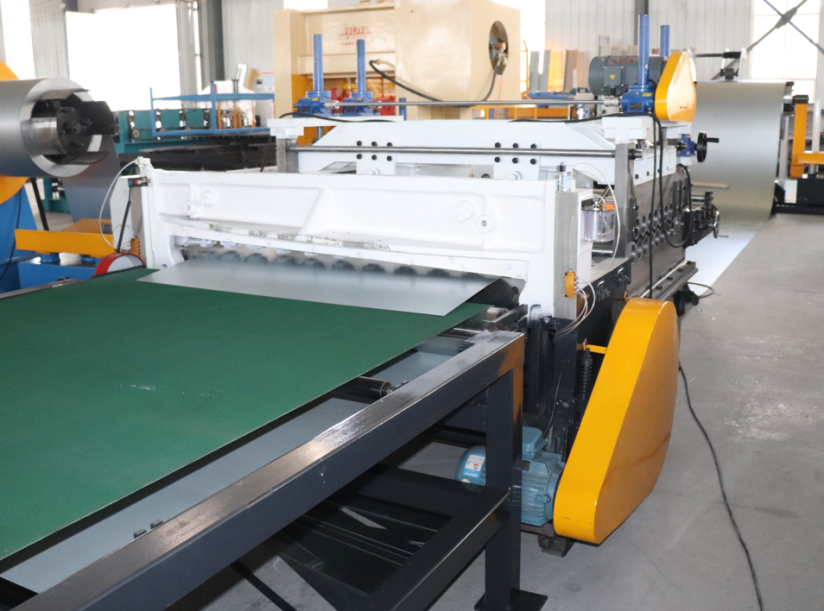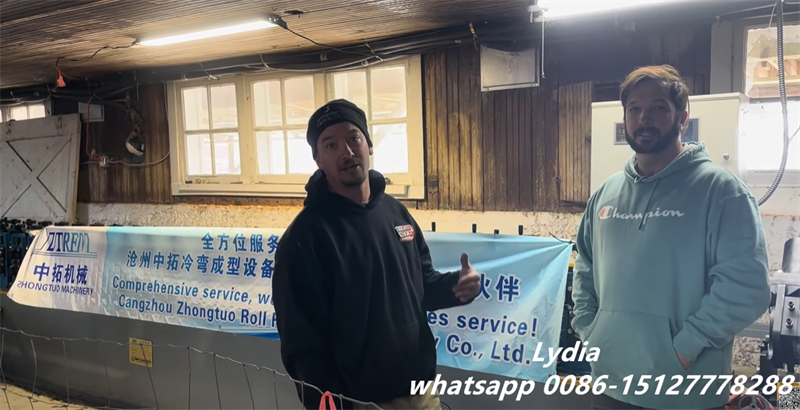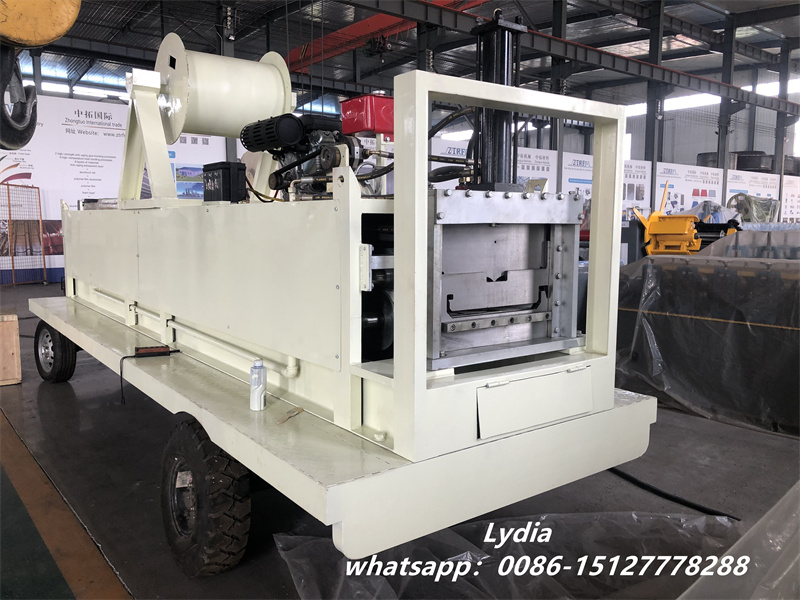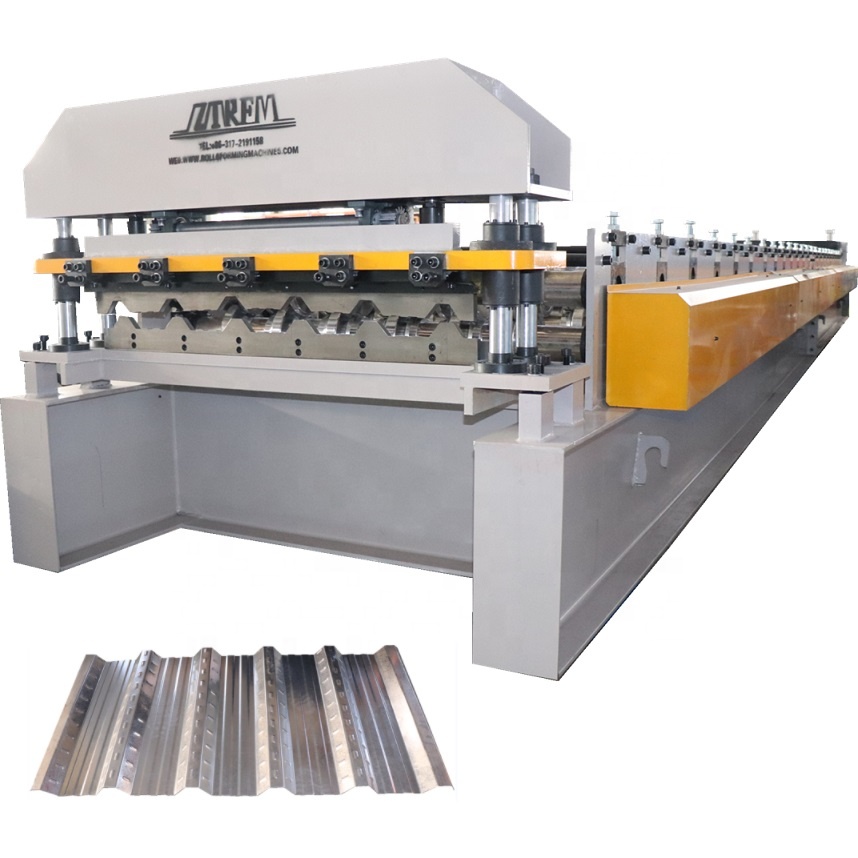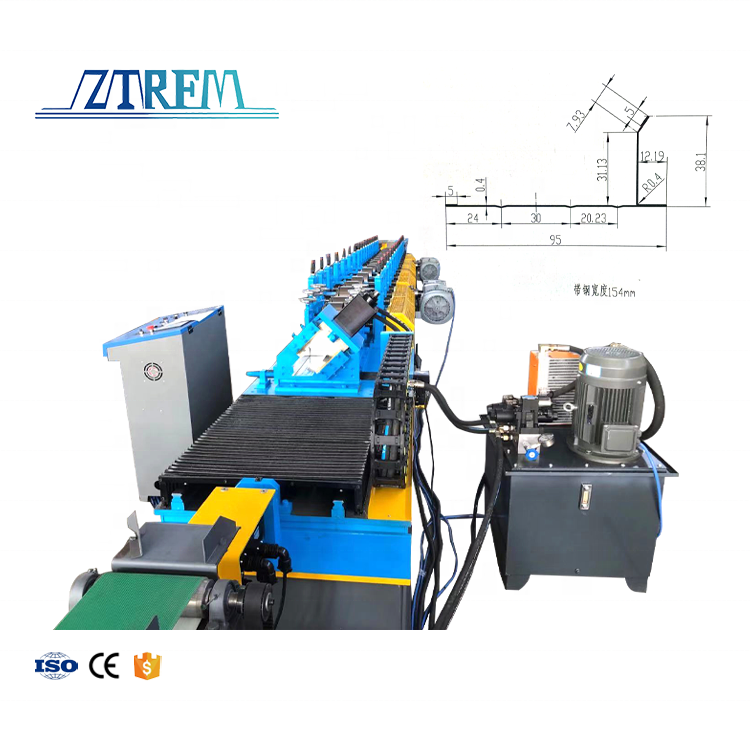
Drip Edge Product Appplication
A drip edge is a trim strip installed along the top of the bargeboard, following the angle of the gable end. Its primary purpose is to prevent moisture intrusion and create an attachment point for the flashing that covers the gable, while also ensuring the flashing is spaced about an inch away from the bargeboard.
In terms of design and durability, this gap serves a dual function: aesthetically, it adds shadow lines and enhances the visual appeal of the gable end. Typically made from 1×2 or 1×3 lumber, the drip edge is capped with flashing to protect against rot. Additionally, it provides a standoff to direct water runoff away from the bargeboard, preventing leaks that could cause unattractive streaks or potential rot over time.
Types of Drip Edge -4 Common Profiles:
Drip edge comes in various shapes,or profiles.Choosing the best type depends on a few factors,cost,climate,and roof style and material compatibility.These are the most common types:

L-TYPE DRIP EDGE (Standard Design)
The L-type drip edge is one of the most commonly used profiles. It consists of a horizontal flange that extends over the roof deck and a vertical flange that covers the fascia board. This configuration effectively channels water off the roof, preventing moisture from penetrating the underlying structure.

T-TYPE DRIP EDGE (Enhanced Protection)
The T-type drip edge is similar to the L-type but features an additional flange that extends beneath the roofing material. This extra element creates a more secure water-resistant seal, providing enhanced protection against moisture intrusion.

F-TYPE DRIP EDGE (For Windy Areas)
Designed for regions with high wind exposure, the F-type drip edge, also known as a gutter apron, features an extended flange that overlaps both the roof deck and fascia board. This design offers increased resistance to wind-driven rain, ensuring that water doesn’t drip behind the gutters.

Z-TYPE DRIP EDGE (For Steep Roofs)
The Z-type drip edge, characterized by its Z-shaped profile, is commonly used on roofs with a steep pitch. This unique design helps redirect water away from the fascia and onto the roof surface, ensuring efficient drainage even on sloped roofs.

Advantages of Using Drip Edges:
Water Management: Drip edges effectively guide water from the roof into the drainage system, preventing pooling or seepage along the eaves. This helps protect the building’s structure from potential water damage.
Corrosion Prevention: By directing water away from the roof edge and preventing it from flowing onto the exterior walls or foundation, drip edges reduce moisture exposure, thus minimizing the risk of corrosion.
Support for Roof Structure: Drip edges play a vital role in redirecting water away from the roof’s edge. This reduces water pressure at the eaves, lessening strain on the roof and extending its lifespan.
Aesthetic Improvement: Beyond functionality, drip edges contribute to the visual appeal of the roof. They provide a clean, polished finish along the edge, enhancing the overall appearance of the building.
Ice and Snow Mitigation: In colder climates, drip edges help prevent the accumulation of ice and snow at the roof’s edge. This reduces the load on the roof and lowers the risk of damage, while also improving safety.

Drip Edge Roll Forming Machine working flow:
Uncoiling—Main roll former—Cutting device—Product collect table—-Packing

The Technical Specifications Of Drip Edge Roll Forming Machine Rolling Forming Machine:
|
Drip Edge rolling forming machine |
|||||
| Series | Details | Parameter | Comment | ||
| Material | Raw material | Steel | Customer confirmed | ||
| Material thickness | 0.4-0.6 mm | ||||
| Decoiler | Structure | Manual passive type | The standard one to match the production line | ||
| Single head type | |||||
| Loading capacity | 1.5 Tons | ||||
| Coil inner diameter | 450-550 mm | ||||
|
Roll forming machine |
Guiding device | Placed on the machine by seller | |||
| Rolling shaft material | 45# STEEL with tempering | ||||
| Shaft diameter | 50 mm | ||||
| Roller material | GB-Cr12 | ||||
| Rolling station | 12 stations | ||||
| Work speed | 45 m/min | ||||
| Machine structure | Vertical memorial arch frame | ||||
| Machine basic frame | Steel plate welded | ||||
| Bearing | Roller bearing | Famous brand of Harbin | |||
| Main motor power | 5.5 kw+5.5kw | ||||
| Transmission | By gear | With cover | |||
| Safety cover | available | ||||
|
Appearance |
Good appearance with no burrs in steel body nor traces of rust or defects in painting.
Good electrical and hydraulic cable organization Car painting make the machine more glossy |
We confirm each detail can match the standard, ensure the machine is 100% new! | |||
| Decoiler, we can change to hydraulic one if you need. | |||||
| Cutting system: | Cutter material | Cr12 | |||
| Power supply | Hydraulic power with tracking cutting | ||||
| Cutting power | 5.5 KW | ||||
More pictures of the machine:









Technological process Coil car—–uncoiling—straightening —-shearing machine—–stacking and piling system Brief introduction of the line ZT-12X1500 cut […]
Mar. 13th 2025 Cangzhou Zhongtuo’s Aluminum Drip Edge Flashing Roll Former Revolutionizes Production for American […]
Key Features Of Trapezoidal Standing Seam Roofing Machine Include: 1.0″ Mechanical Seam Panel seam: 1” […]
1.5″ Form Deck Roll Forming Machine Profile: Standard Cover Width: 36″ Additional Cover Widths Available: […]
STAY IN THE LOOP


